

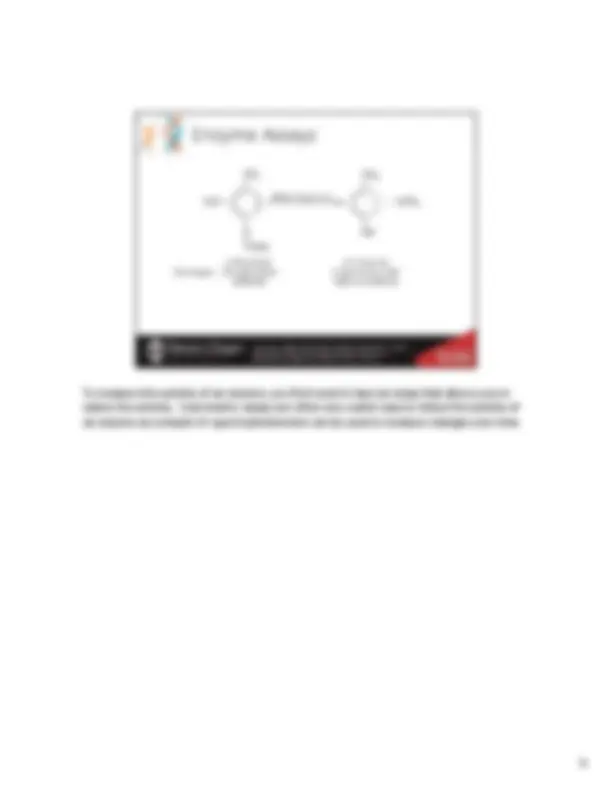
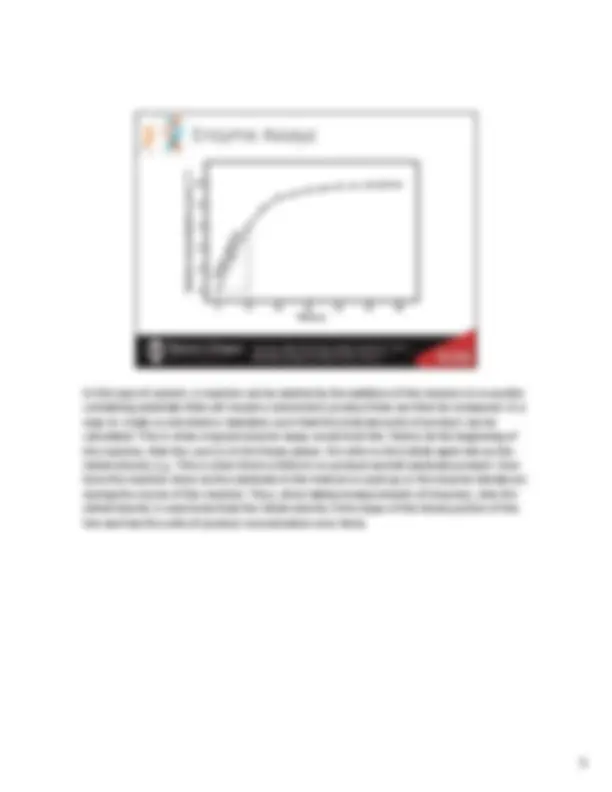
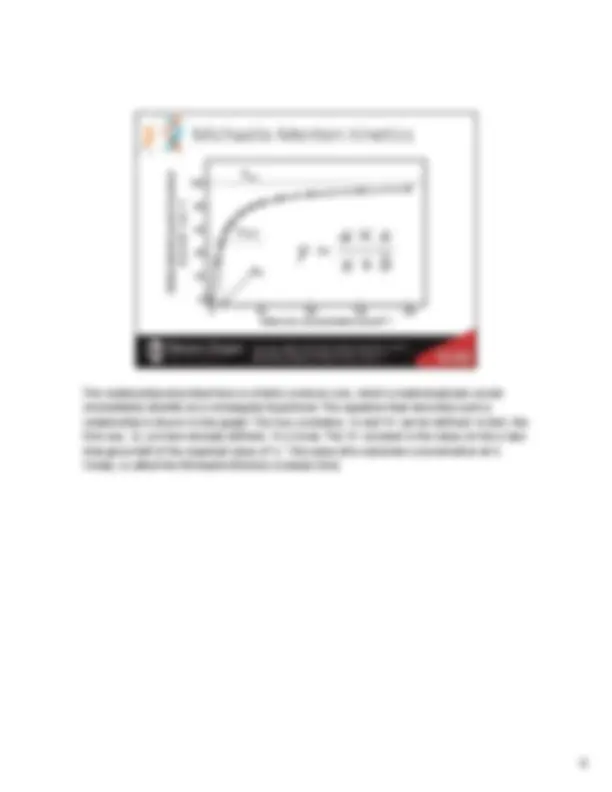
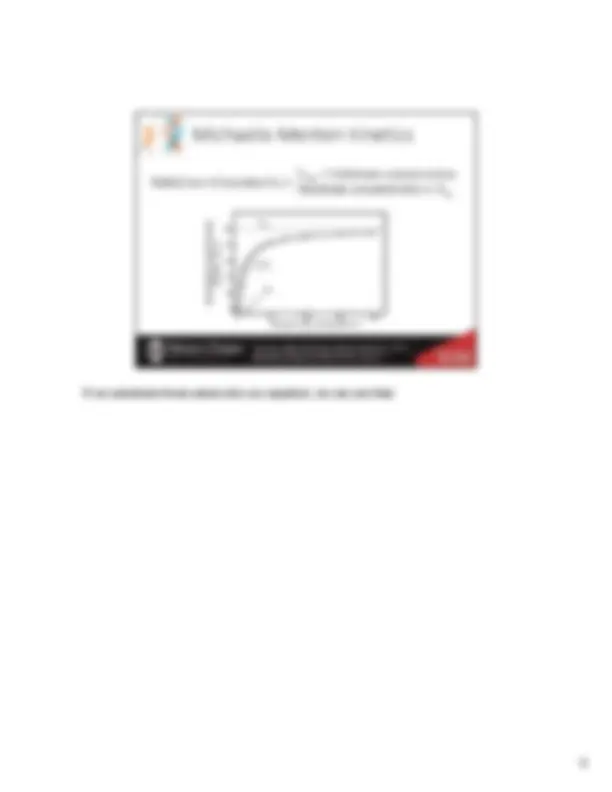
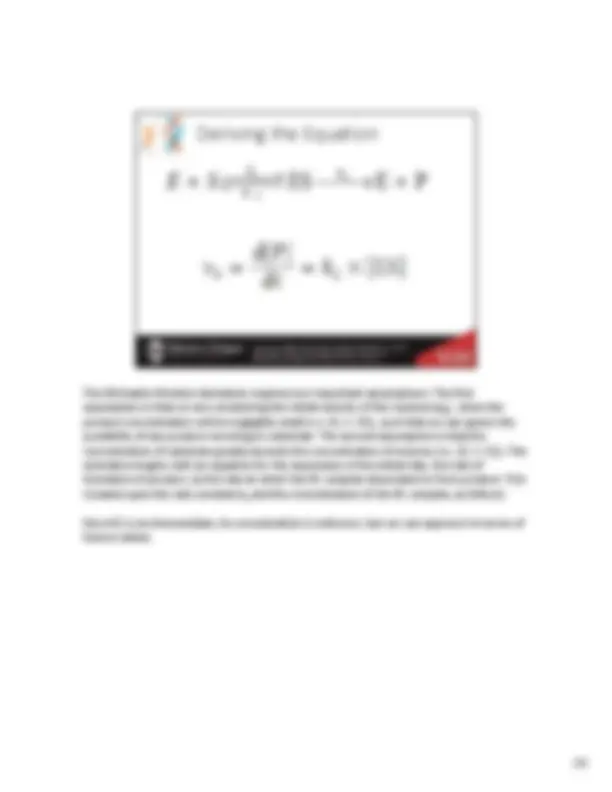
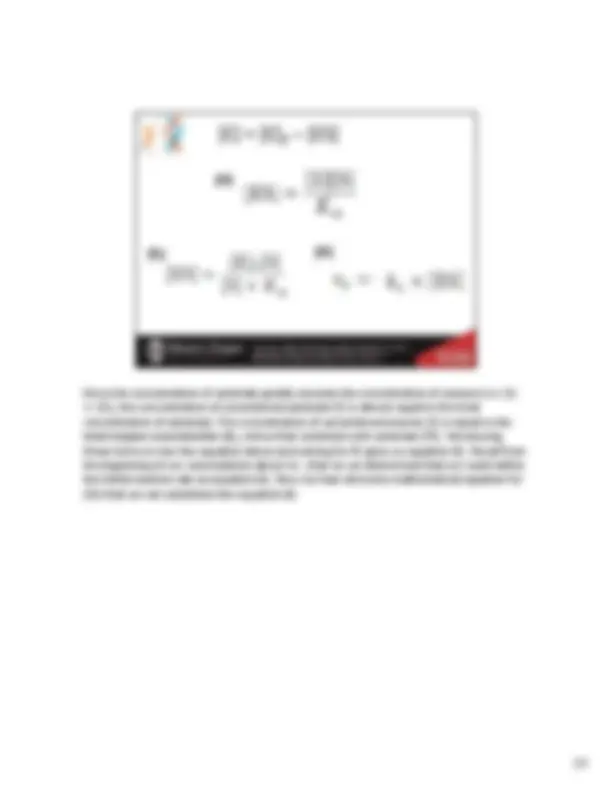
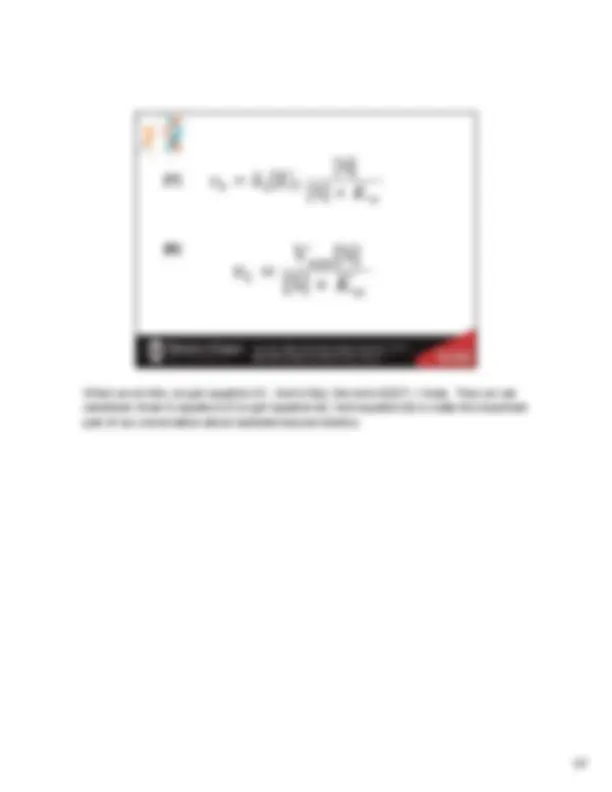
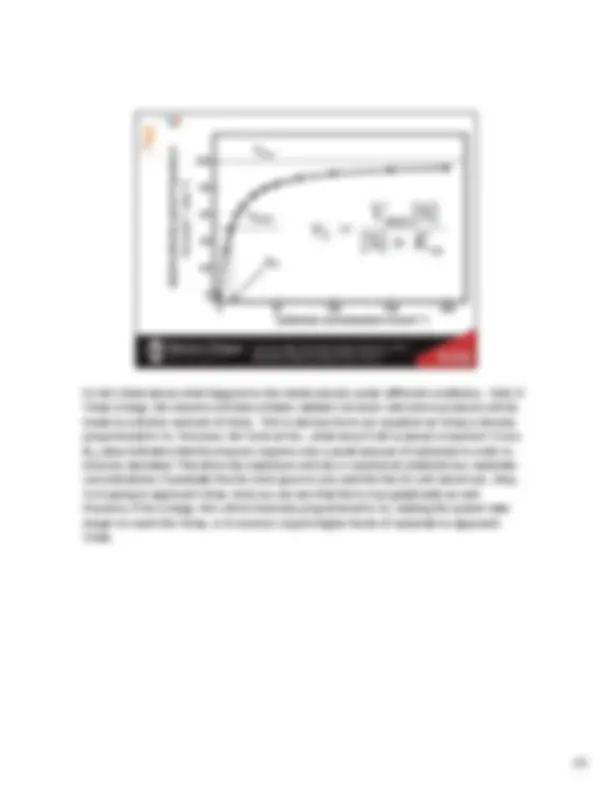

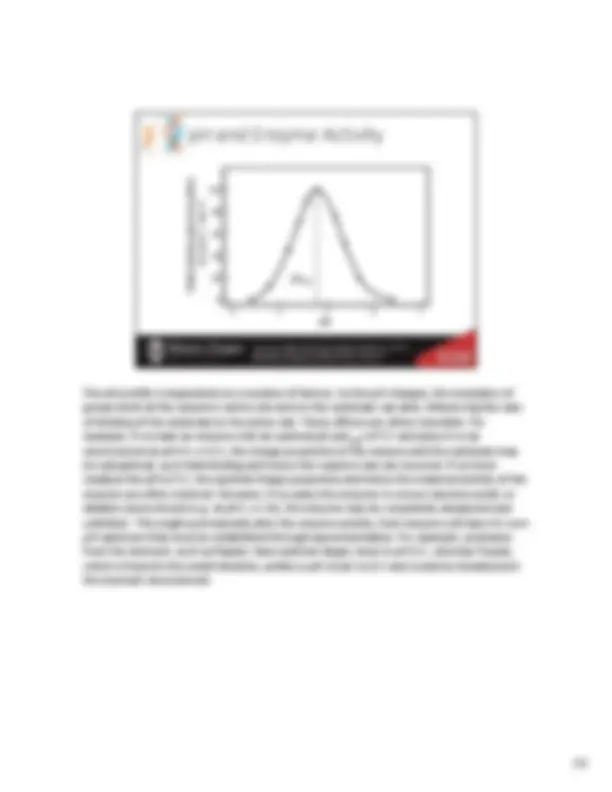
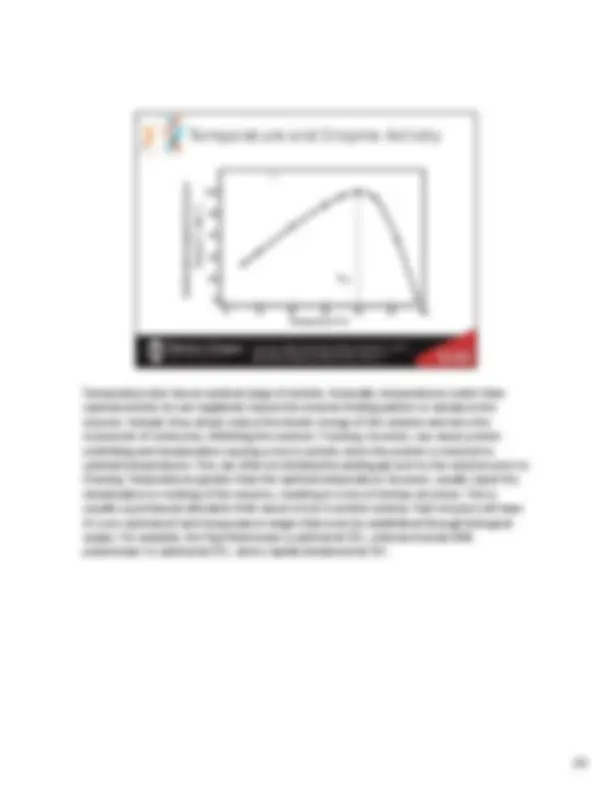



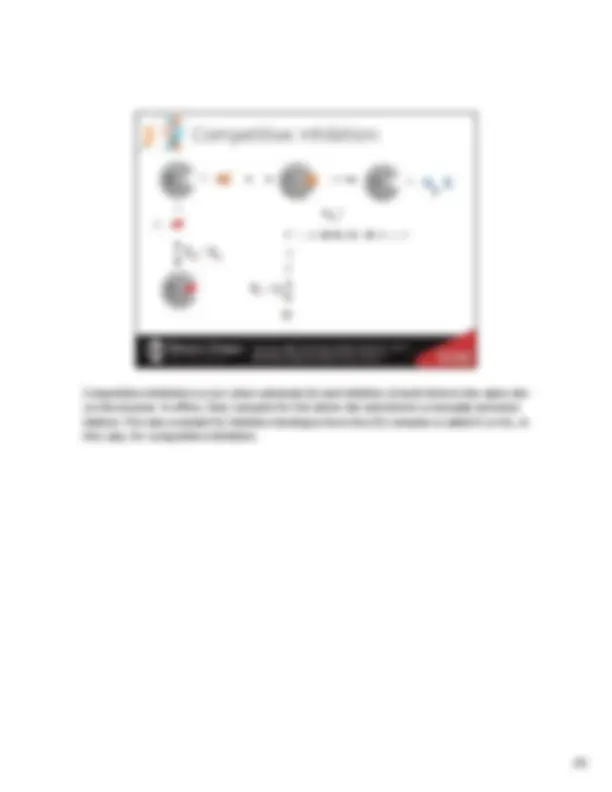
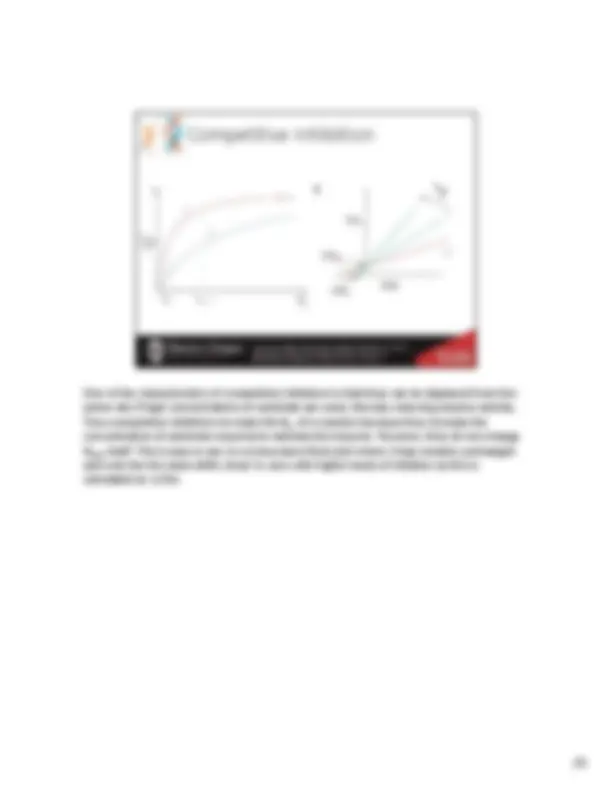
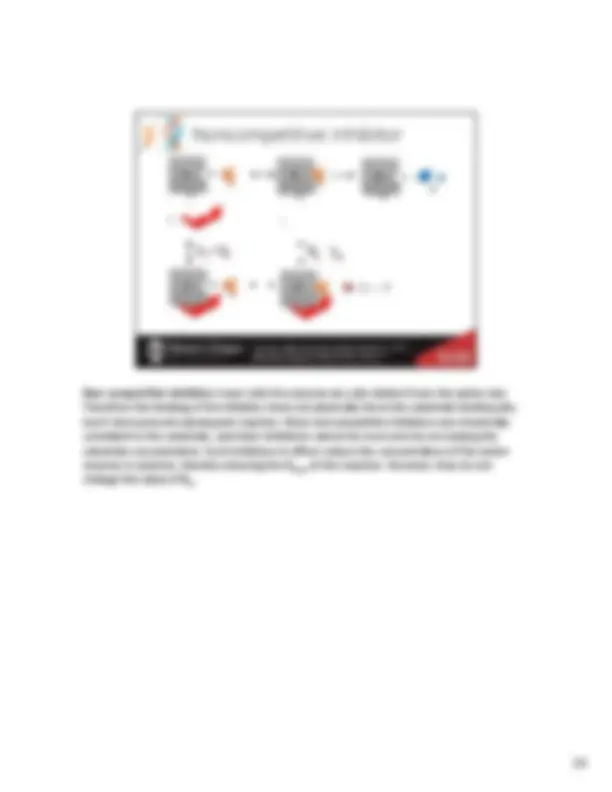


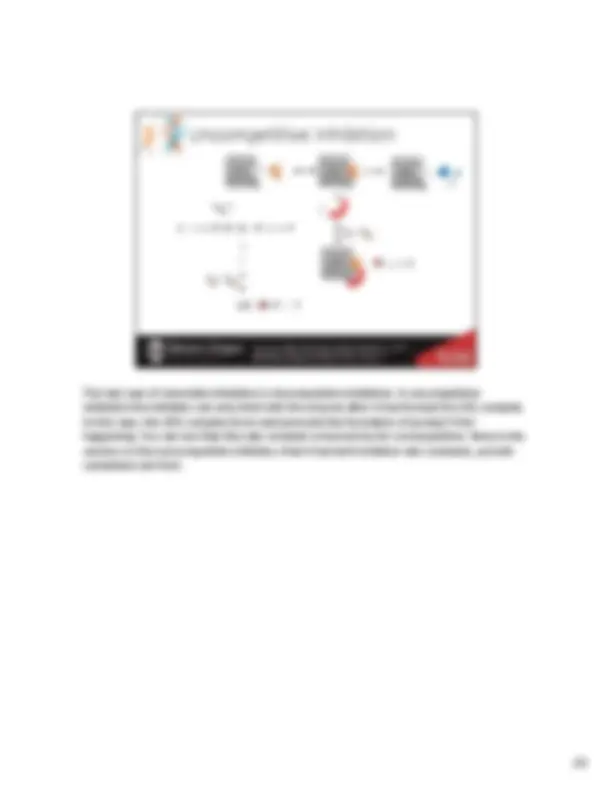
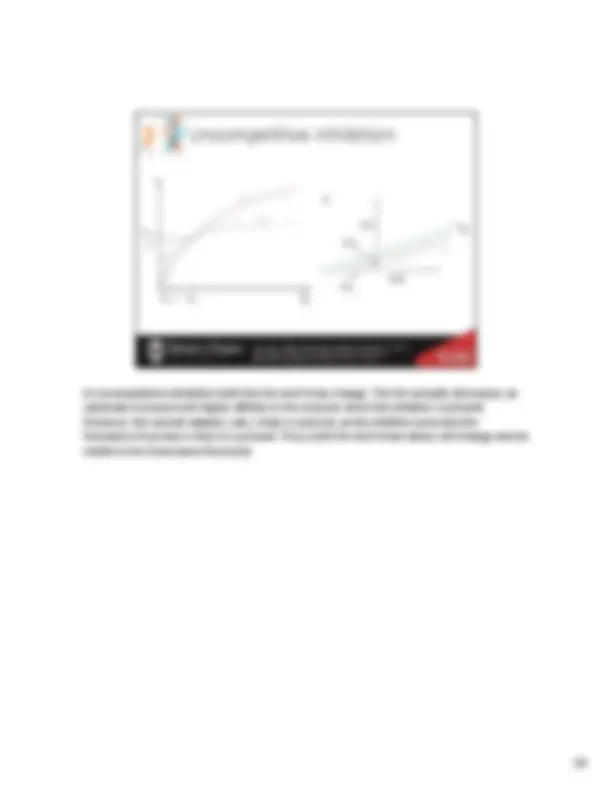
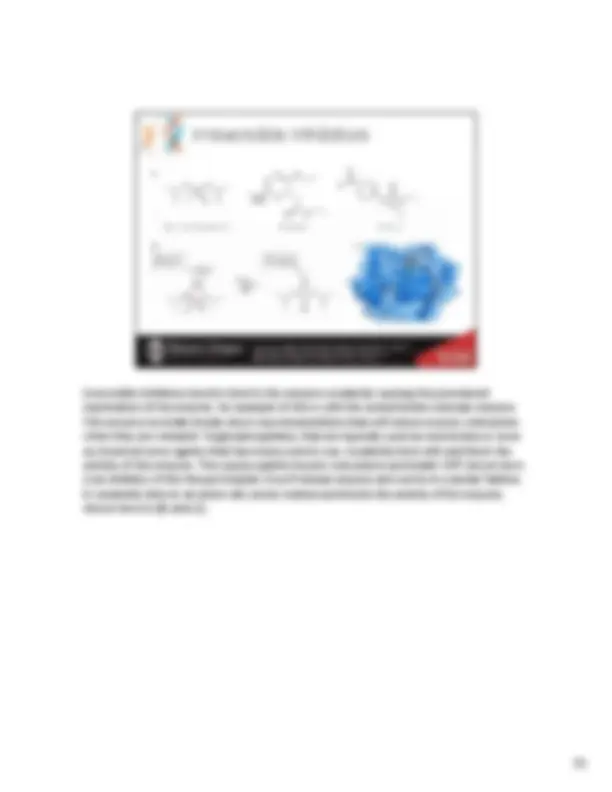

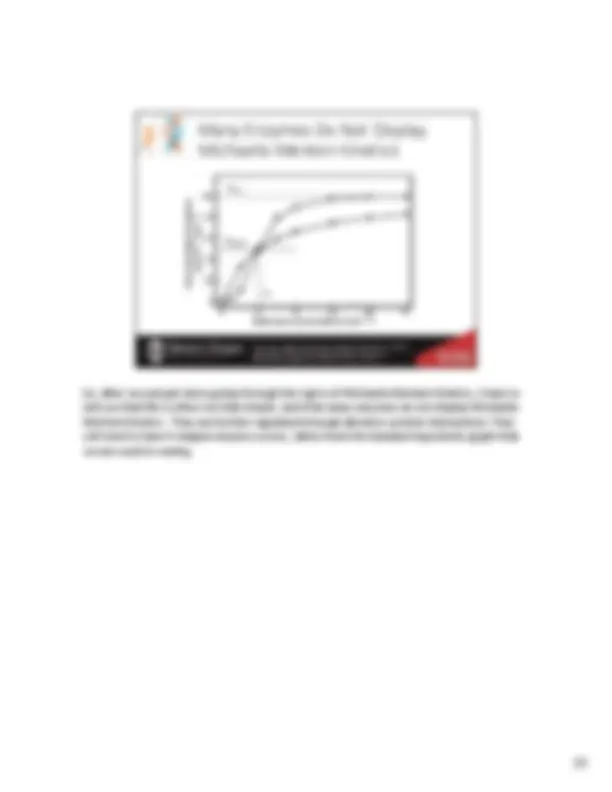
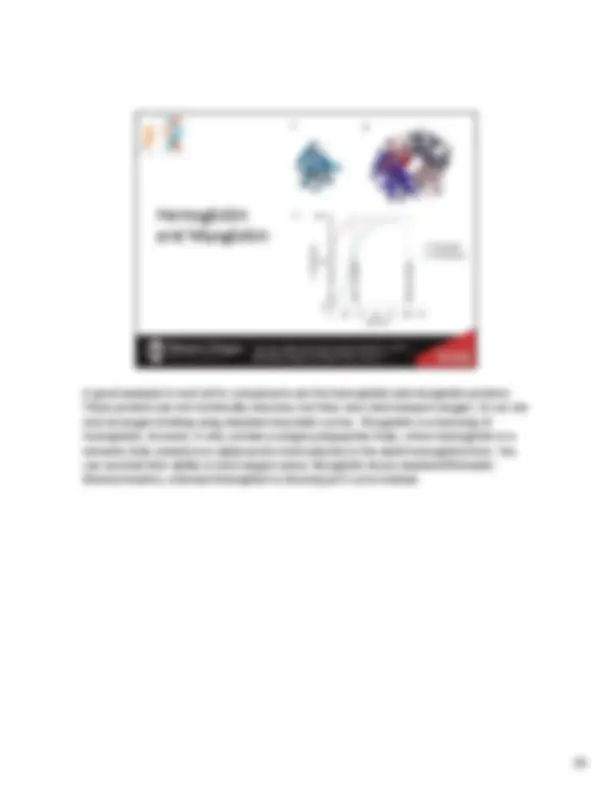
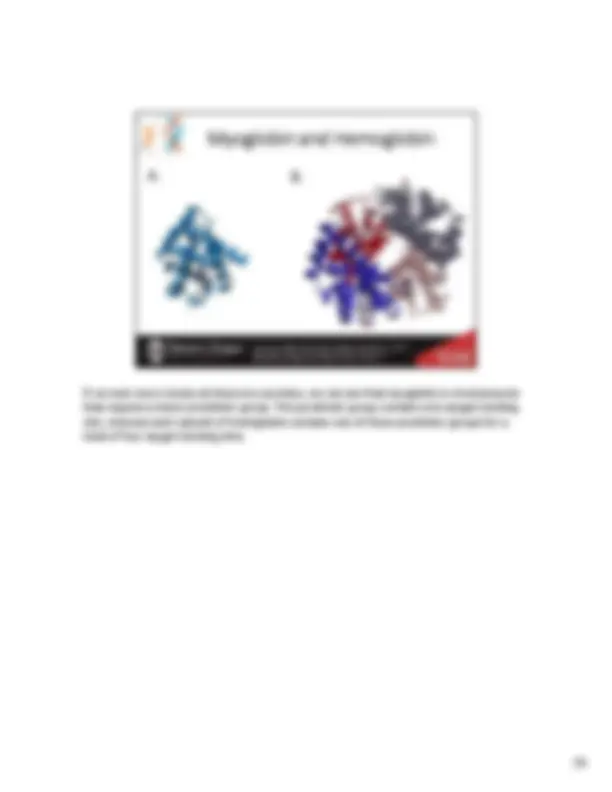


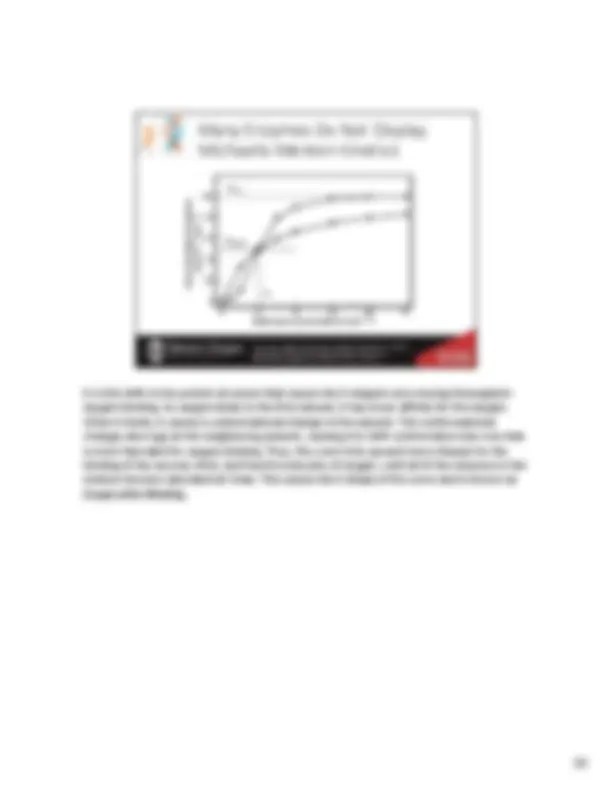
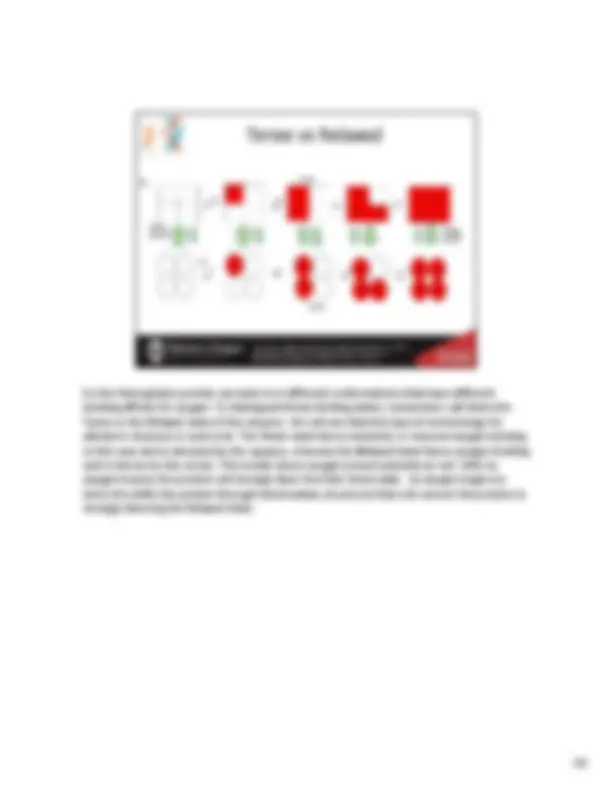
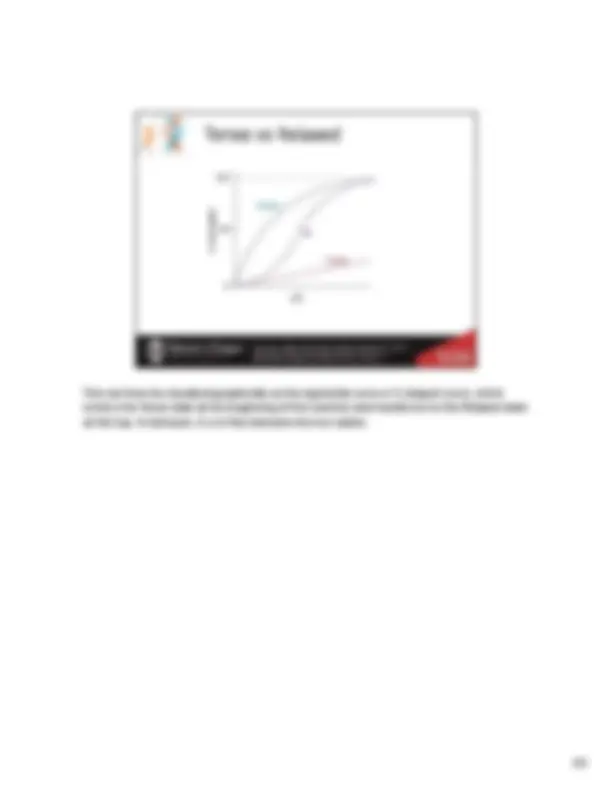
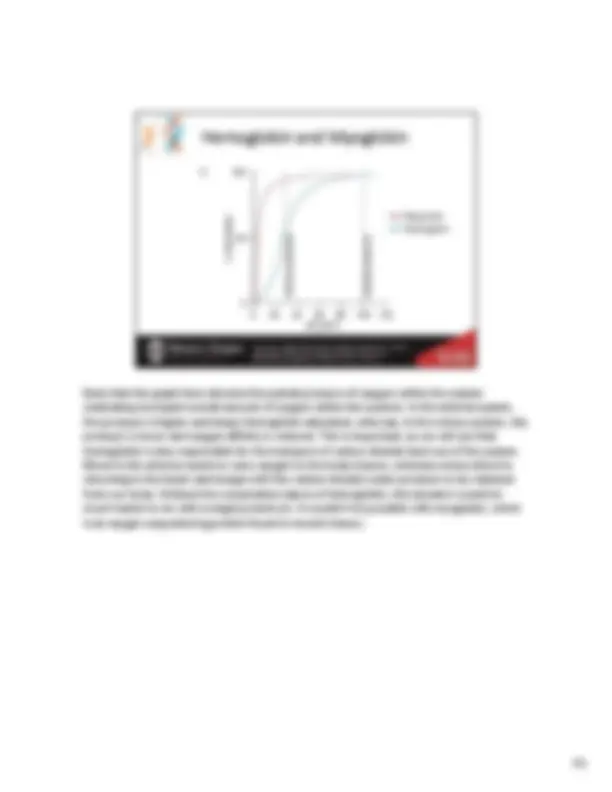
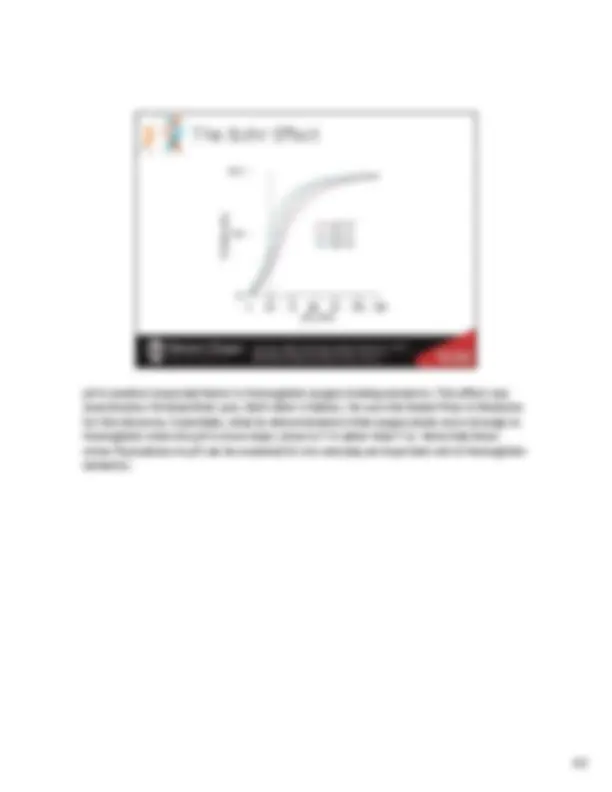
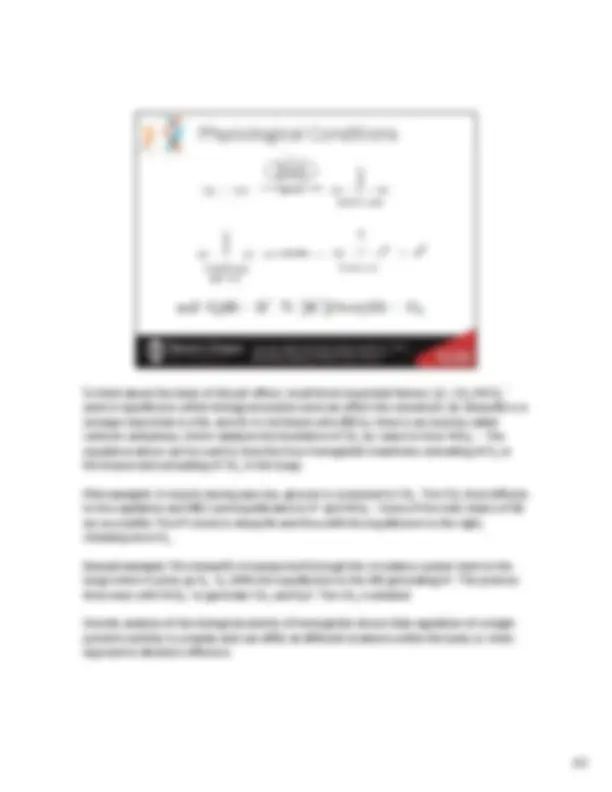


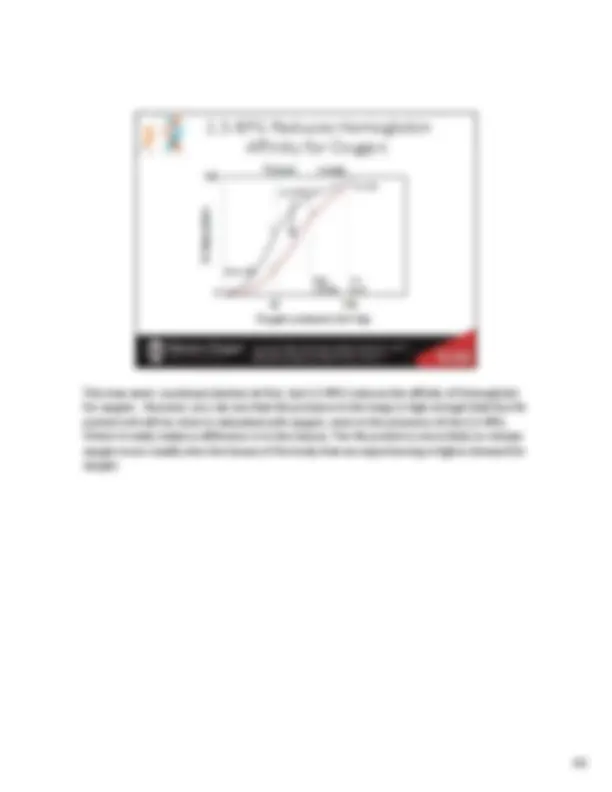
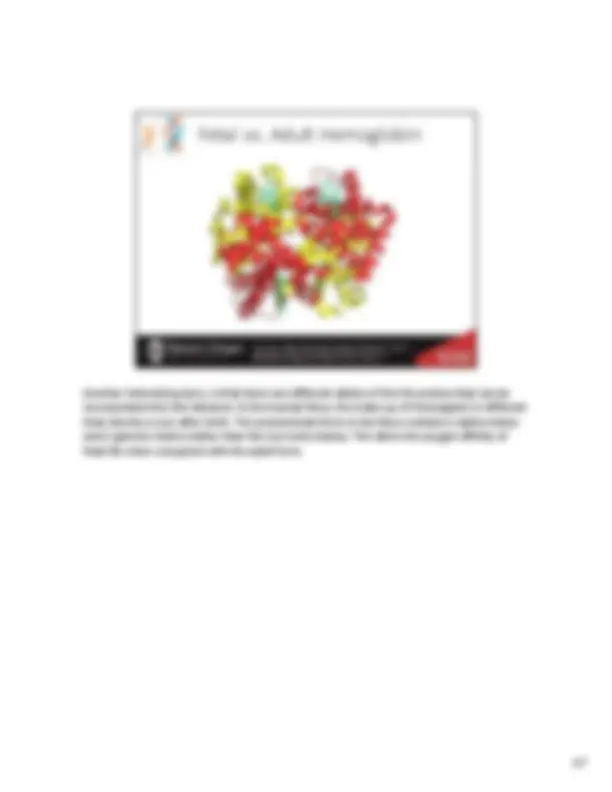
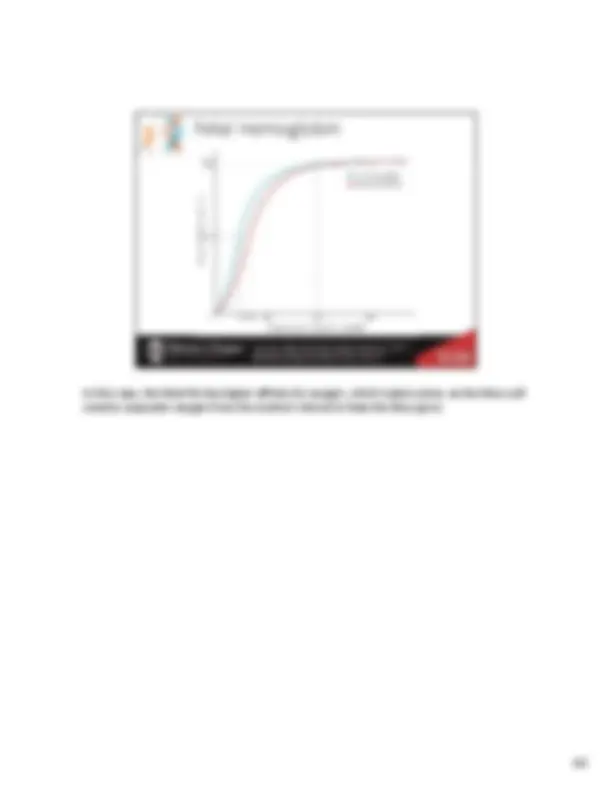

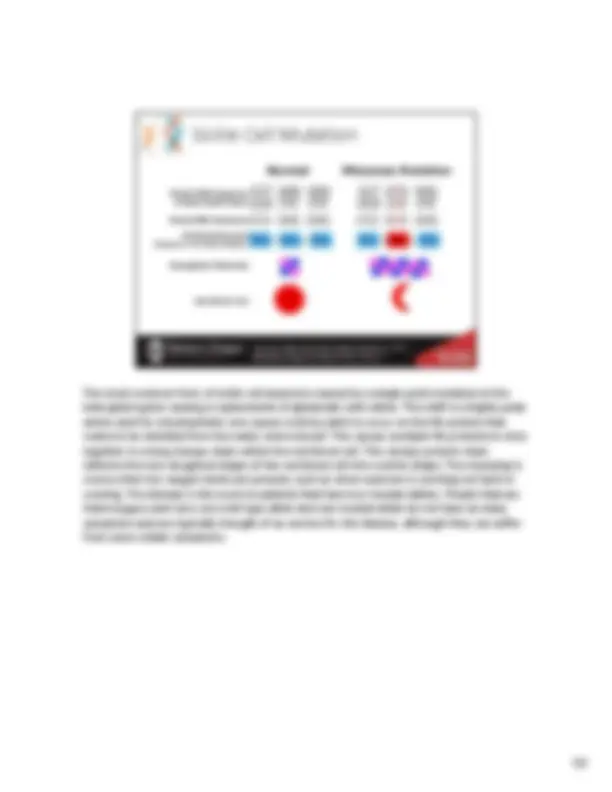
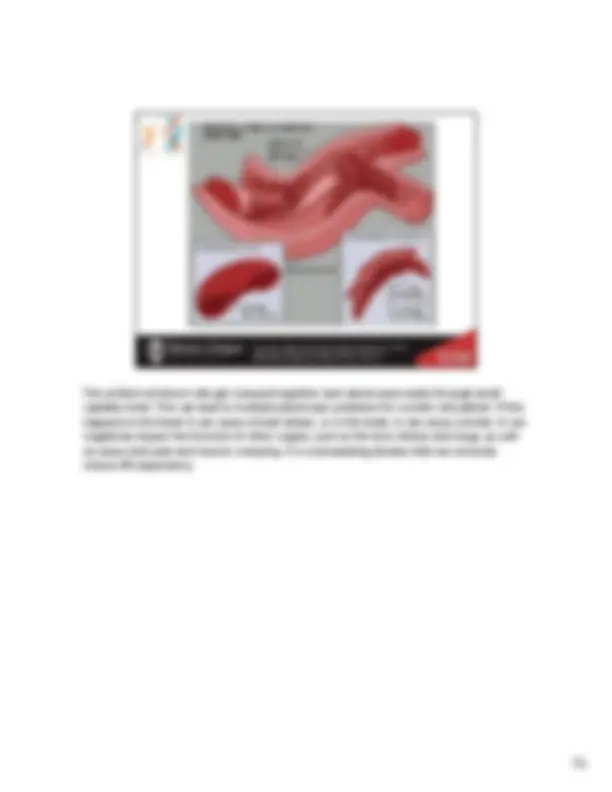
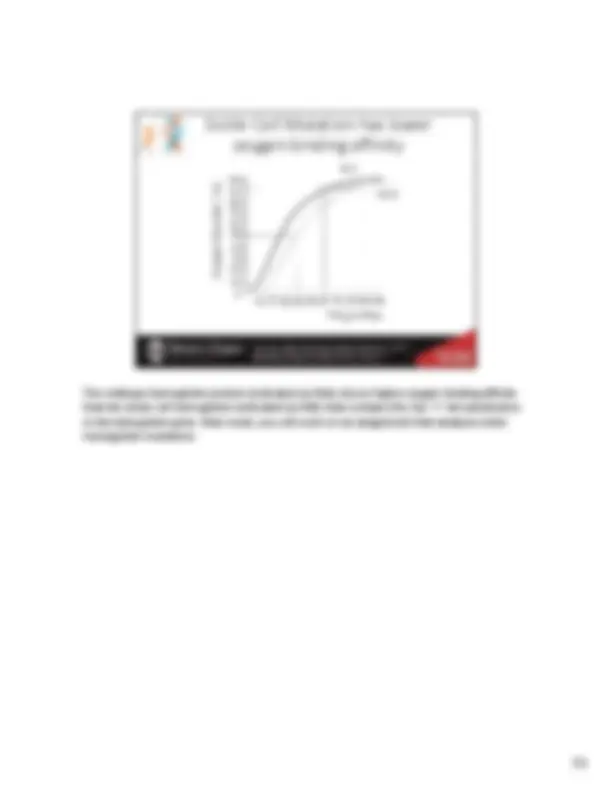



Study with the several resources on Docsity

Earn points by helping other students or get them with a premium plan


Prepare for your exams
Study with the several resources on Docsity

Earn points to download
Earn points by helping other students or get them with a premium plan
Community
Ask the community for help and clear up your study doubts
Discover the best universities in your country according to Docsity users
Free resources
Download our free guides on studying techniques, anxiety management strategies, and thesis advice from Docsity tutors
This section of 'Foundations of Biochemistry' Chapter 6 discusses enzyme assays, Michaelis-Menton kinetics, and the effects of pH and temperature on enzyme activity. It covers topics like enzyme concentrations, enzyme kinetics, and the significance of Vmax and Km values.
Typology: Exercises
1 / 53

This page cannot be seen from the preview
Don't miss anything!














































Chapter 6: Enzyme Principles and Biotechnical Applications Overall, in Chapter 6 we will be learning some basic enzyme principles to get us started on our journey of Enzyme activity and regulation.
To measure the activity of an enzyme, you first need to have an assay that allows you to detect the activity. Colorimetric assays are often very useful ways to detect the activity of an enzyme as a simple UV spectrophotometer can be used to measure changes over time.
In this type of system, a reaction can be started by the addition of the enzyme to a cuvette containing substrate that will reveal a colorimetric product that can then be measured. It is easy to create a colorimetric standard, such that the total amounts of product can be calculated. This is what a typical enzyme assay would look like. Notice at the beginning of the reaction, that the curve is in the linear phase. We refer to this initial rapid rate as the initial velocity (v 0 ). This is when there is little to no product and all substrate present. Over time the reaction slows as the substrate in the mixture is used up or the enzyme denatures during the course of the reaction. Thus, when taking measurements of enzymes, only the initial velocity is used (note that the initial velocity is the slope of the linear portion of the line and has the units of product concentration over time).
You can also analyze enzyme reactions using a set amount of enzyme and then use different concentrations of substrate. If you do these types of reactions and then plot the substrate concentration against the initial velocity of the reactions, you will often get an exponential curve, like the one shown here. Initially, when the substrate concentration is increased, the rate of reaction increases considerably. However, as the substrate concentration is increased further the effects on the reaction rate start to decline, until a stage is reached where increasing the substrate concentration has little further effect on the reaction rate. At this point the enzyme is considered to be coming close to saturation with substrate, and demonstrating its maximal velocity (Vmax). Note that this maximal velocity is, in fact, a theoretical limit that will not be truly achieved in any experiment, although we might come very close to it.
The relationship described here is a fairly common one, which a mathematician would immediately identify as a rectangular hyperbola. The equation that describes such a relationship is shown in the graph. The two constants, ‘a’ and ‘b’ can be defined. In fact, the first one, ‘a’, we have already defined. It is Vmax. The ‘b’ constant is the value on the x-axis that gives half of the maximal value of ‘y’. This value (the substrate concentration at ½ Vmax), is called the Michaelis-Menten constant (Km).
The Michaelis–Menten derivation requires two important assumptions. The first assumption is that we are considering the initial velocity of the reaction (v 0 ), when the product concentration will be negligibly small (i.e. [S] ≫ [P]), such that we can ignore the possibility of any product reverting to substrate. The second assumption is that the concentration of substrate greatly exceeds the concentration of enzyme (i.e. [S] ≫ [E]). The derivation begins with an equation for the expression of the initial rate, the rate of formation of product, as the rate at which the ES complex dissociates to form product. This is based upon the rate constant k 2 and the concentration of the ES complex, as follows: Since ES is an intermediate, its concentration is unknown, but we can express it in terms of known values.
Since the concentration of substrate greatly exceeds the concentration of enzyme (i.e. [S] ≫ [E]), the concentration of uncombined substrate [S] is almost equal to the total concentration of substrate. The concentration of uncombined enzyme [E] is equal to the total enzyme concentration [E]T minus that combined with substrate [ES]. Introducing these terms to into the equation above and solving for ES gives us equation (5). Recall from the beginning of our conversations about Vo…that we we determined that we could define the initial reaction rate as equation (6). Now we have derived a mathematical equation for [ES] that we can substitute into equation (6)
When we do this, we get equation (7). And in fact, the term k2[E]T = Vmax. Thus we can substitute Vmax in equation (7) to get equation (8). And equation (8) is really the important part of our conversation about standard enzyme kinetics.
It is an INVERSE correlation
Very often it is not possible to estimate Km values from a direct plot of velocity against substrate concentration (as shown in Figure 6.6) because we have not used high enough substrate concentrations to come even close to estimating maximal velocity, and therefore we cannot evaluate half-maximal velocity and thus Km. Fortunately, we can plot our experimental data in a slightly different way in order to obtain these values. The most commonly used alternative is the Lineweaver–Burk plot (often called the double-reciprocal plot). This plot linearizes the hyperbolic curved relationship, and the line produced is easy to extrapolate, allowing evaluation of Vmax and Km. We will see in our enzyme kinetics activity, that there are many different ways that the data can be plotted to convert the hyperbolic graph into a linear one. Each way this is done will help us estimate Vmax and Km, however, it also introduces error into the estimate. Even a small change at a single point, can change the values of Km and Vmax. You will take a look at that more closely in your assignment.
The pH profile is dependent on a number of factors. As the pH changes, the ionization of groups both at the enzyme’s active site and on the substrate can alter, influencing the rate of binding of the substrate to the active site. These effects are often reversible. For example, if we take an enzyme with an optimal pH (pHopt) of 5.0 and place it in an environment at pH 4.0 or 6.0, the charge properties of the enzyme and the substrate may be suboptimal, such that binding and hence the reaction rate are lowered. If we then readjust the pH to 5.0, the optimal charge properties and hence the maximal activity of the enzyme are often restored. However, if we place the enzyme in a more extreme acidic or alkaline environment (e.g. at pH 1 or 14), the enzyme may be completely denatured and unfolded. This might permanently alter the enzyme activity. Each enzyme will have it’s own pH optimum that must be established through experimentation. For example, proteases from the stomach, such as Papain, have optimal ranges close to pH 2.0, whereas Trypsin, which is found in the small intestine, prefers a pH closer to 8.0 and would be denatured in the stomach environment.
Temperature and Enzyme Activity Temperature also has an optimal range of activity. Generally, temperatures colder than optimal activity do not negatively impact the enzyme folding pattern or denature the enzyme. Instead, they simply reduce the kinetic energy of the solution and slow the movement of molecules, inhibiting the reaction. Freezing, however, can cause protein misfolding and denaturation causing a loss in activity when the protein is restored to optimal temperatures. This can often be inhibited by adding glycerol to the solution prior to freezing. Temperatures greater than the optimal temperature, however, usually cause the denaturation or melting of the enzyme, resulting in a loss of tertiary structure. This is usually a permanent alteration that causes a loss in protein activity. Each enzyme will have it’s own optimal pH and temperature ranges that must be established through biological assays. For example, the Taq Polymerase is optimal at 72C, whereas human DNA polymerase I is optimal at 37C, and is rapidly denatured at 72C.